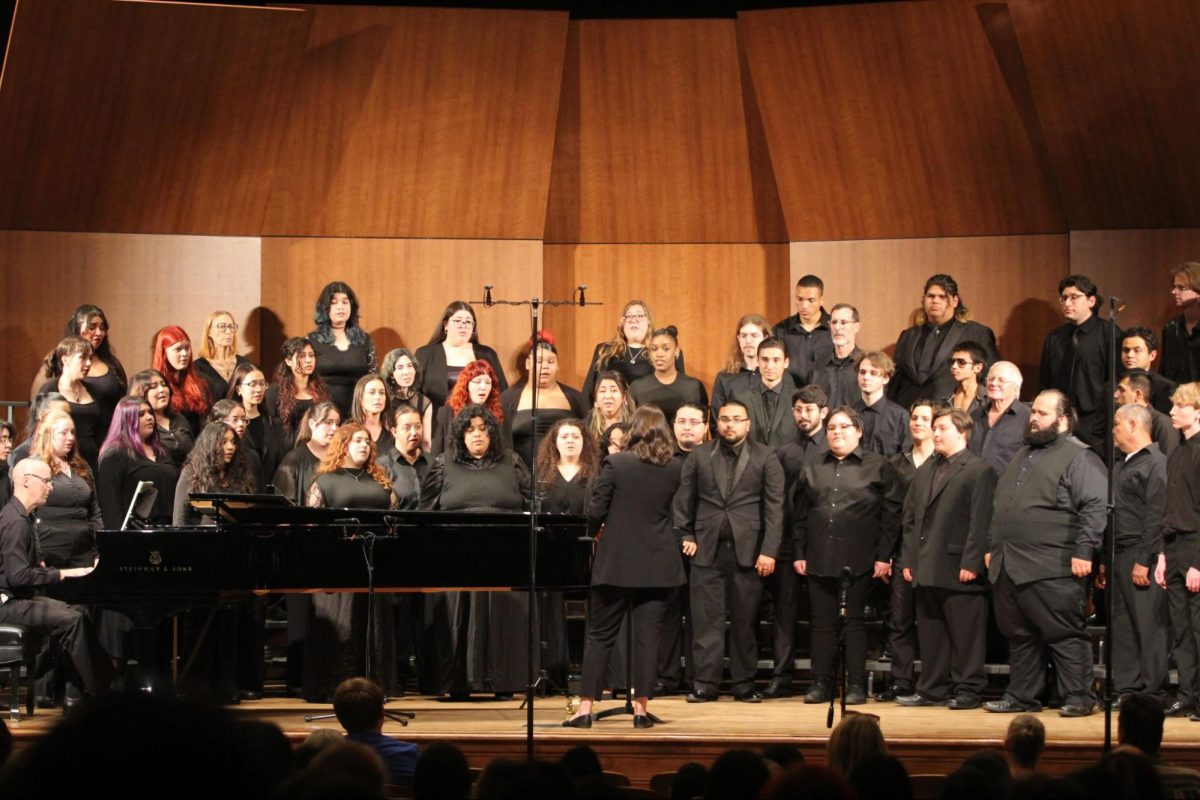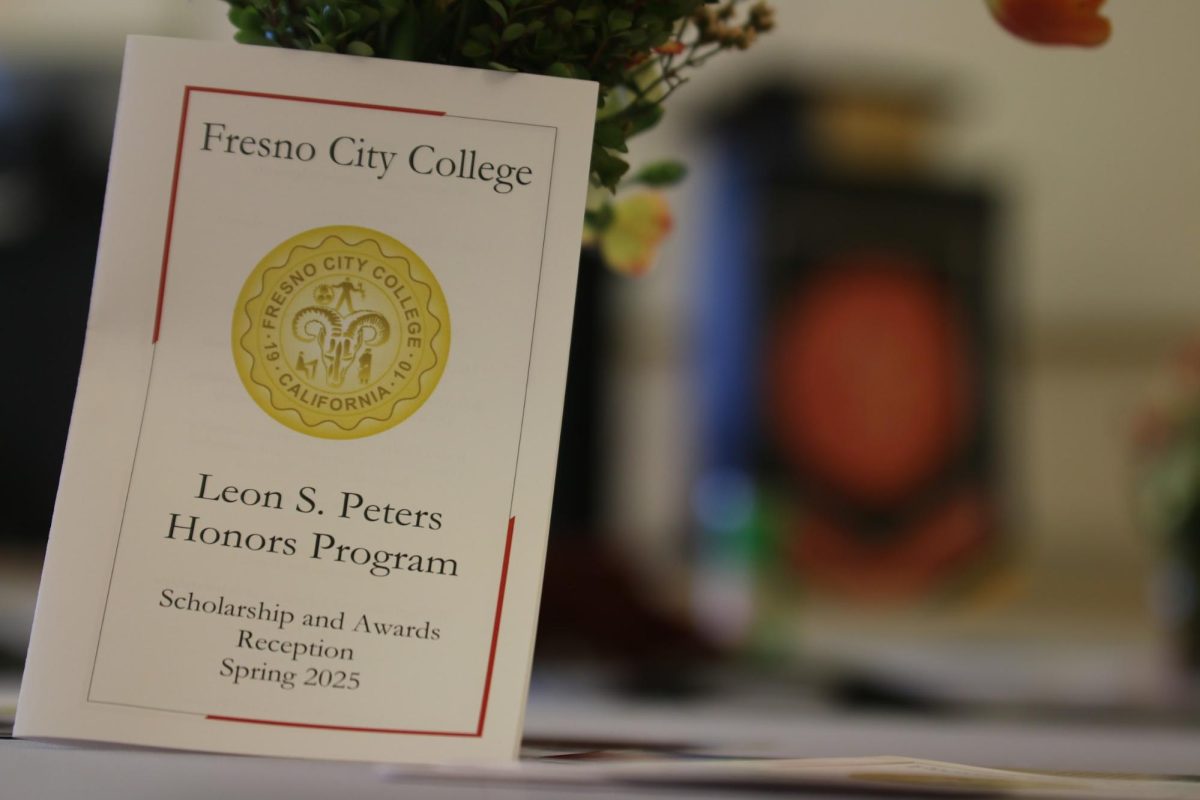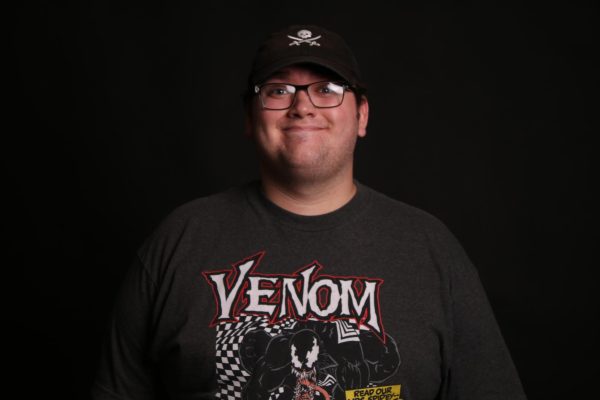Comics are a storytelling medium that have proven their worth. There is an influx of comic book adaptations for younger audiences like in “Smile” as well as for adults like “The Boys”. Just like how the stories have evolved, so have the characters.
These characters have become modern day myths. Their stories often apply to our everyday lives.
Superman is known as “The Immigrant From The Stars” who came to our world and lived amongst us and wants nothing more than a better tomorrow. Spider-Man is most known as a young hero who balances his school life with the responsibilities of being a hero.
“You can see how they tell the story of history and what’s going on at that time period, for example, Iron Man with alcoholism, it takes into account this demeanor that the character of Tony Stark has as this billionaire playboy, and turns it on its head,” Justin Sue, former owner of Waypoint Comics, said.
Historically, comic book writers often tried to shake up the status quo. This can be affected by outside forces, such as making a comic book character more like their movie counterpart. This can be a fun way to explore new sides of beloved characters.
Batman is often ranked as one of the most popular comic book characters of all time. Writers and artists are always finding new stories to tell and continue this legacy.
Batman has been a part of pop culture for over 85 years, he has been seen as a goofy crime fighter who dressed as a zebra in the 60s comics. On the other side of the spectrum, Batman has been seen as a brutal and cynical vigilante like in The Dark Knight Returns. There are still new and relevant stories being told. Despite comics being about these larger than life heroes and villains, the talent in the industry continuously finds new ways to show how relatable these characters can be.
“Batman’s always going to be Batman, but you have writers who’ve worked on things like The Killing Joke with Alan Moore. And then you have stuff like the current run of Batman, Absolute Batman, where he looks drastically different,” Sue said.
Sue reflected on how characters evolve through different interpretations, like Batman’s shifting portrayal, and how comics, even without words, can capture powerful moments, such as Marvel heroes’ response during 9/11.
“I think a lot about this series from 2001 where Marvel characters all exist in the real world. They exist in New York and they released this comic of them helping people out of the World Trade Center disaster, and how they were able to help New Yorkers. And it was almost a completely silent comic, but it said so much just with that silence,” Sue said.
“We see characters like the X-Men, who are very much metaphors for the gay panic of the 80s and 90s, and how that worked. Magneto and Professor X being this mimic of Martin Luther King and Malcolm X, both people with the same vision, but different ways of getting there,” Sue said.
Just as the times and society has evolved, comics have worked to be inclusive. Creating new characters or exploring new sides of established characters. In 2020 the original Green Lantern, Alan Scott, came out as gay and John Constantine has been known as bisexual since the 90s.
“We see the same thing with characters like the New Warriors introducing non-binary and gay characters into a world that previously people had said, ‘Well comics isn’t a place for that type of thing.’ Oh, it absolutely is…it always has been,” Sue said.
Despite the industry being dominated by the big two companies, Marvel and DC, there is a space for independent creators to put their stamp on the legacy.
“They have the luxury of pertaining to smaller audiences to get points across rather than focusing on what the broader spectrum of audiences go for,” Sue said. “Indie ventures also allow artists to tell their own individual stories which adds to their more intimate message.”
Owner of Wonderland Comics, Timmy Tarquino, has an enduring passion for this medium including independent comics.
“You know you can have your Marvels and your DCs, but you also have to have other people’s creativity to open up their own world and make their own characters. Sky’s the limit on what you could do with your own character, so yeah I’m a big fan of independents,” Tarquino said.
Tarquino took over the store from Wayne Barber who opened Wonderland Comics in 1984. Barber has been a part of Comic Cons and has facilitated local events at the store.
“It goes from generation to generation, new minds think alike. And sky’s the limit on creating characters and creating stories and creating reality,” Tarquino said. “Creating a good focus for the world, comic books put us in our own special place, where we could create our own worlds and create our own stories and create cool stuff like that.”







